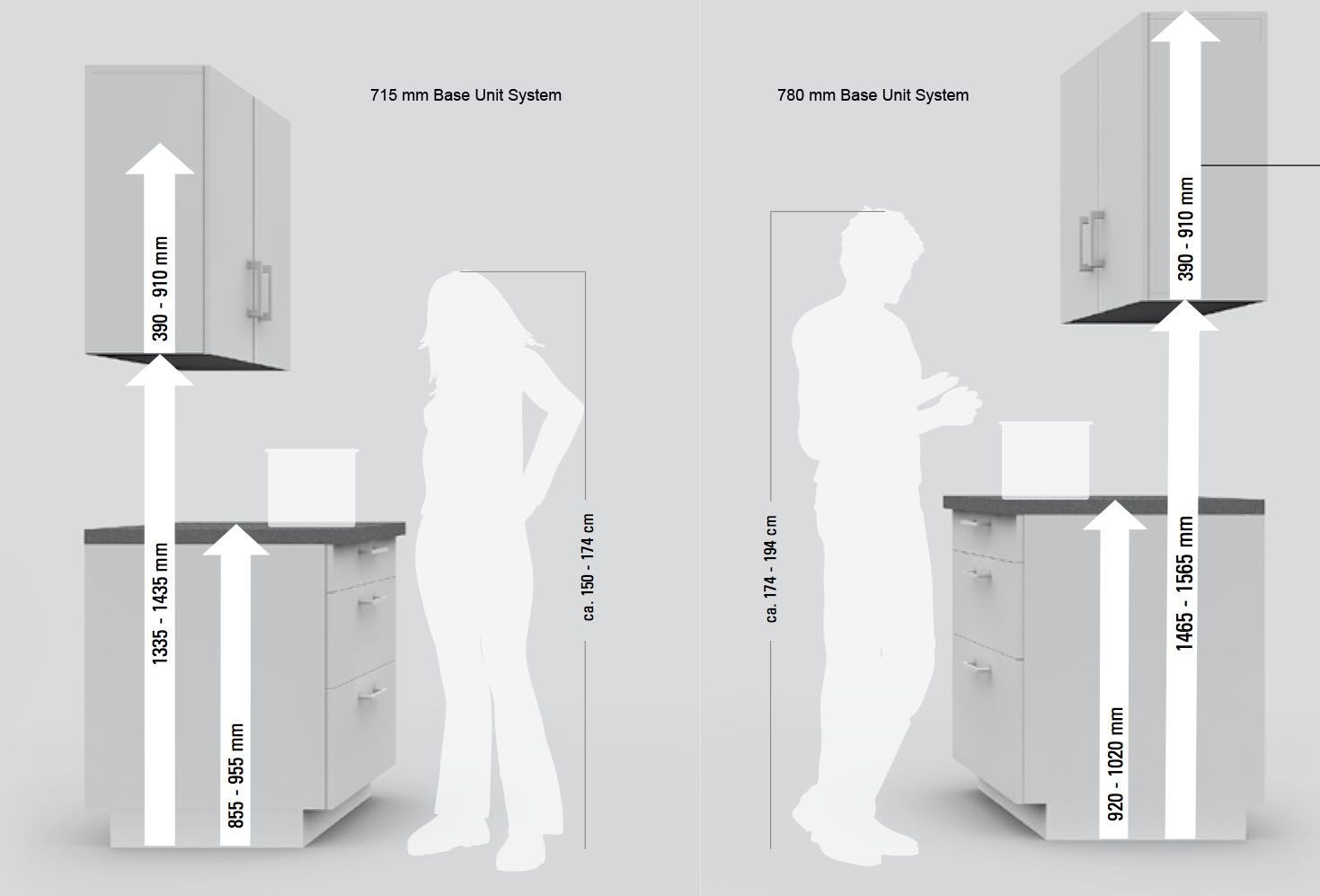The Importance of Bathroom Cabinet Height

A well-designed bathroom cabinet height is crucial for both functionality and aesthetics. The right height ensures easy access to toiletries and maximizes storage space, creating a comfortable and efficient bathroom environment.
Ergonomic Benefits
A standard bathroom cabinet height offers significant ergonomic benefits, enhancing accessibility and ease of use. When cabinets are positioned at a comfortable height, users can easily reach their contents without straining or bending over. This is especially important for individuals with limited mobility or height. A well-designed cabinet height can prevent back pain, neck strain, and other musculoskeletal issues that can arise from reaching for items in awkward positions.
Standard Bathroom Cabinet Heights

Choosing the right bathroom cabinet height is crucial for both functionality and aesthetics. It ensures easy access to your belongings, enhances the overall look of your bathroom, and creates a comfortable and efficient space.
Standard Bathroom Cabinet Heights
The standard height for bathroom cabinets varies depending on the type of cabinet. Here’s a breakdown of common standard heights:
* Vanity Cabinets: The standard height for vanity cabinets is 34-36 inches. This height allows for comfortable use while standing or sitting.
* Medicine Cabinets: Medicine cabinets typically range in height from 18-24 inches. These cabinets are often mounted above the sink, providing easy access to toiletries and medications.
* Linen Cabinets: Linen cabinets can vary significantly in height, ranging from 60-80 inches. These tall cabinets offer ample storage space for towels, linens, and other bathroom essentials.
Standard Cabinet Heights vs. Recommended Heights
While standard heights provide a general guideline, it’s essential to consider individual needs and preferences when choosing cabinet heights. Here’s a table comparing standard heights with recommended heights for different users:
| Cabinet Type | Standard Height | Recommended Height for Individuals with Mobility Issues | Recommended Height for Tall Individuals |
|---|---|---|---|
| Vanity Cabinets | 34-36 inches | 30-32 inches | 38-40 inches |
| Medicine Cabinets | 18-24 inches | 16-20 inches | 22-26 inches |
| Linen Cabinets | 60-80 inches | 50-60 inches | 70-80 inches |
Important Note: When choosing cabinet heights, consider the overall height of the room, the height of the sink, and the height of the users.
Factors Influencing Bathroom Cabinet Height Selection

Choosing the right bathroom cabinet height is crucial for creating a functional and aesthetically pleasing space. While standard heights exist, several factors can influence your decision, ensuring the cabinet seamlessly integrates with your bathroom’s layout and your personal preferences.
Ceiling Height and Overall Bathroom Size
The ceiling height and overall bathroom size significantly impact the optimal cabinet height. In bathrooms with high ceilings, taller cabinets can maximize storage space without overwhelming the room. Conversely, in smaller bathrooms, lower cabinets can create a sense of spaciousness and prevent the room from feeling cramped.
- High Ceilings: Tall cabinets can reach almost to the ceiling, maximizing vertical storage and creating a visually balanced look. This approach is ideal for bathrooms with a spacious feel, minimizing wasted space.
- Low Ceilings: Consider shorter cabinets that don’t dwarf the space or make the room feel smaller. Opting for cabinets that are proportionate to the room’s height can create a harmonious aesthetic.
- Small Bathrooms: In smaller bathrooms, opting for shorter cabinets that don’t overwhelm the space is advisable. This approach helps maintain a sense of spaciousness, ensuring the room doesn’t feel cramped.
- Large Bathrooms: Large bathrooms offer more flexibility. Consider taller cabinets to maximize storage potential while maintaining a balanced aesthetic. This approach can help create a visually impressive statement piece within the bathroom.
Personal Preferences and User Habits
Personal preferences and user habits are critical factors when determining cabinet height.
- Height of Users: The height of the primary users is a crucial factor. Tall individuals may prefer taller cabinets for easier access, while shorter users might find lower cabinets more comfortable. Consider the average height of the users to ensure optimal accessibility and comfort.
- Storage Needs: Assess your storage needs. If you have a large collection of toiletries or require extensive storage space, taller cabinets might be the better option. However, if your needs are minimal, a shorter cabinet could be more suitable.
- Aesthetics: Consider the overall aesthetic of your bathroom. Do you prefer a sleek and minimalist look, or a more traditional style? Your preferences will guide your cabinet height selection. Tall cabinets often contribute to a more modern aesthetic, while shorter cabinets can enhance a traditional or minimalist bathroom design.
Height of Fixtures and Other Bathroom Elements
When choosing cabinet heights, consider the height of other bathroom fixtures and elements.
- Sink Height: The height of the sink should be considered to ensure that the cabinet doesn’t obstruct the sink’s functionality or interfere with the flow of the bathroom.
- Shower or Tub Height: If the cabinet is located near the shower or tub, consider its height to ensure it doesn’t create a safety hazard or impede access to the shower or tub.
- Mirror Height: The height of the mirror should be taken into account to ensure that the cabinet doesn’t obscure the mirror’s reflection.
